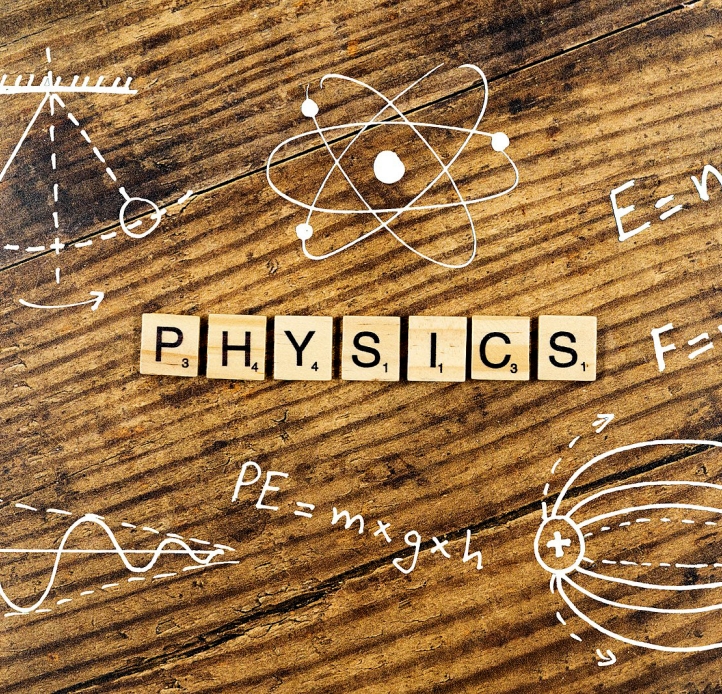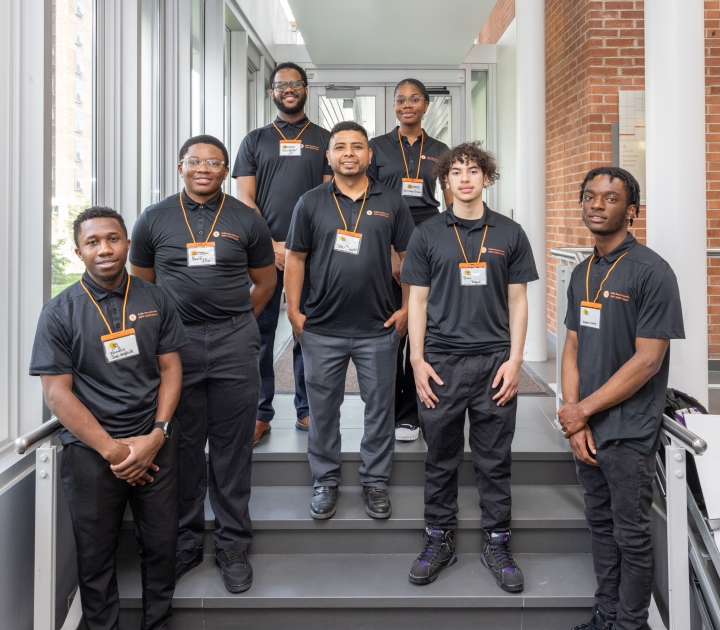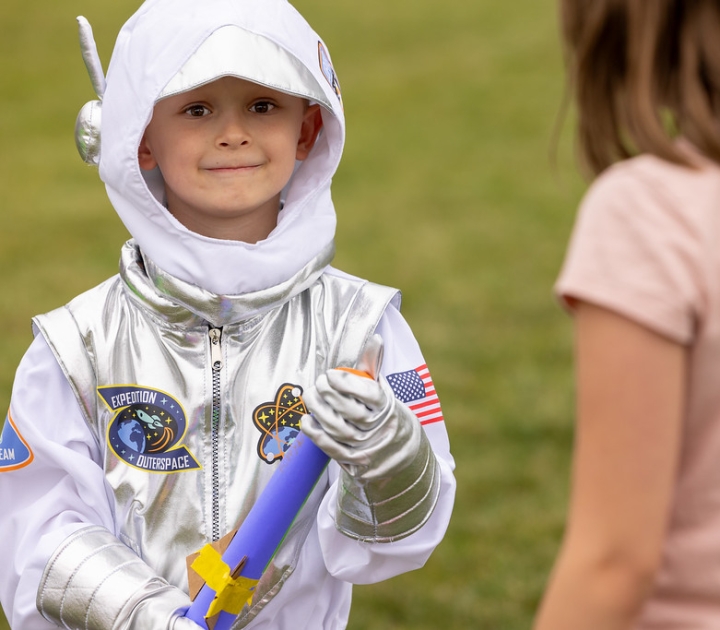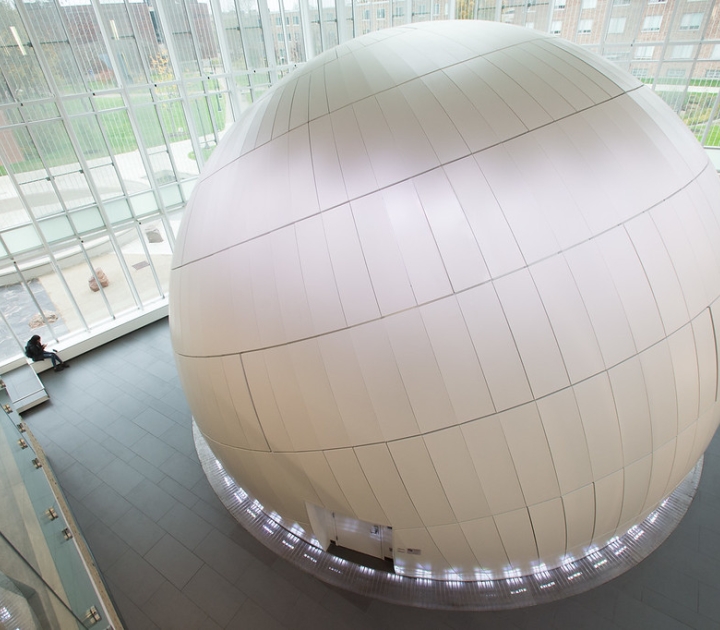
Your Pathway to Teacher Certification in Physics
The master of science in physics education is designed for teachers who wish to combine advanced work in physics with graduate work in education.
- Complete your master’s in as little as a year and a half
- Access some of the most advanced laboratories in the region
About Physics
Buffalo State’s physics program is designed to prepare students for strong careers after graduation and a lifetime of critical thought.
Students on both undergraduate tracks graduate with laboratory and computer skills. Students learn how to use equipment to make scientific measurements in courses and, occasionally, research in experimental physics conducted in a faculty member’s lab. Their skills are further developed in upper-division classes and projects with faculty.
The master of science in physics education is designed for teachers who wish to combine advanced work in physics with graduate work in education.
Degree Information
Students graduating with a degree in physics have numerous career paths. In recent years students from the department have continued their education by entering a graduate school in physics. Other students have gone to master’s programs in a subfield of physics, such as medical physics or in a branch of engineering. Other students find employment directly in the industry, using the laboratory and/or the computer skills acquired in the physics degree program. Another popular career option is teaching high school physics.
- Aeronautics Engineer
- Agricultural Engineer
- Astronomer
- Astrophysicist/Astronaut
- Biophysicist
- Defense Engineer
- Field Seismologist
- Geophysicist
- Higher Education Lecturer
- Medical/Healthcare Physicist
- Meteorologist
- Nanotechnology Specialist
- Nuclear Physicist
- Radiation Specialist
- Renewable Energy Researcher
Summer Physics Academy: A program which allows 90 science students to hone their skills in an intensive workshop setting with experienced master physics teachers.
Annual Physics Olympics: Competition hosted by the Western New York Physics Teachers Alliance, the Physics Department, and the New York State Master Teacher Program at Buffalo State that encourages middle- and high-school students to compete in timed creative events involving math and physics.
Research Fellowships: Every year, about 20 physics undergraduates are chosen as research fellows for a range of projects across disciplines. They each receive a $2,750 stipend, funded through individual donations.
Physics Club: A club which hosts guest speakers, conducts physics-themed research contests, and visits research labs and physics conferences.
Students are frequently involved in research projects with faculty within the department. Students have also been successful finding research opportunities at other institutions during summer months through the Research Experience for Undergraduates funded by the National Science Foundation.
Thirty percent of physics graduates become high school teachers.
35% of physics graduates go onto graduate school, pursuing either a Ph.D. in physics, mathematics or a master’s degree in applied physics or engineering.
“All the professors are approachable, and there are research opportunities within the department."
"I was impressed with the emphasis on computation that the upper-class majors engaged in."



